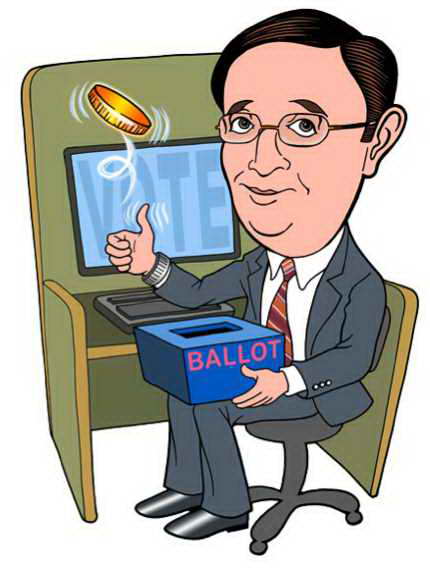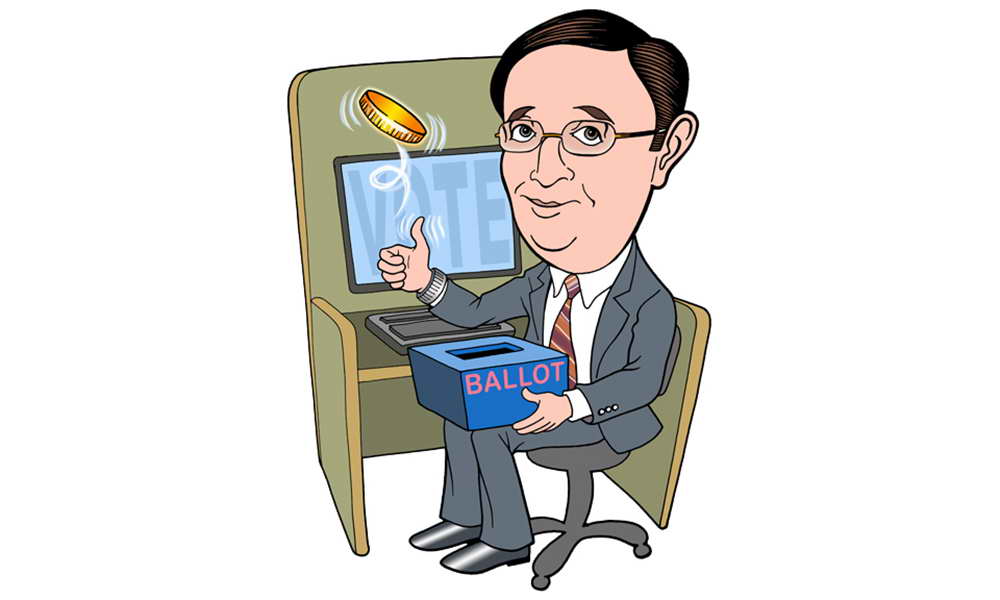By Dr. Lee M. Miringoff
More than two centuries ago, George Washington warned us about the corrosive effects of political parties. Having spent the better part of the past two weeks at the New York State Democratic and Republican conventions, I am pretty convinced that this cherry tree chopper was not telling a fib.
 To begin with an oddity, the two political parties underwent a role reversal. The Democrats, known for their rancor and gut-wrenching issue debates, had their house pretty much in order. In a rare display of organization, the Democrats entered with a game plan and exited with their ticket largely intact. Largely forgotten was their last convention which produced such headliners as Eliot Spitzer, David Paterson, and Alan Hevesi.
To begin with an oddity, the two political parties underwent a role reversal. The Democrats, known for their rancor and gut-wrenching issue debates, had their house pretty much in order. In a rare display of organization, the Democrats entered with a game plan and exited with their ticket largely intact. Largely forgotten was their last convention which produced such headliners as Eliot Spitzer, David Paterson, and Alan Hevesi.
The Republicans, who typically run their gatherings with something akin to the political equivalent of Mr. Clean, were anything but that this time around. They frequently referenced Ronald Reagan as they ignored his 11th commandment, “thou shalt not speak ill of any fellow Republican.” They experienced unruly back and forth chanting over their gubernatorial nod. “No primary” voiced by the Lazio forces was met with “let the people vote” from the Levy-ites. It sounded like a tune taken from the Democrats’ “how not to run a political convention” songbook.
But the fun had just begun. I apologize for not keeping an official count of the number of times the phrase “it’s an honor and a privilege” was uttered at both conventions. The runner-up zinger for the GOP was the use of “Status Quo-mo” in reference to the back to the future candidate and the early favorite to be New York’s next governor. (I can almost hear former Governor Mario Cuomo humming the George Harrison classic “Here Comes the Son.”) As for the Democrats, the podium pontificators referenced their “new Democratic Party” to the point that it seemed to become the old Democratic Party before your very eyes.
Speaking of convention traditions, there was some clever head counting at both events. The Democrats managed to create a delegate tally of 125% to get all five candidates for Attorney General to the 25% threshold to qualify for the primary ballot. For their part, the Republicans required Democrat-turned-Republican Steve Levy to reach 50% to be authorized to run in a GOP primary … this bar was set too high.
Both political parties tried to corner the market on change. After all, it worked in 2008, and politicians like generals do nothing if not fight the last war. Yet, the more things change, the more they seem to remain the same. The early frontrunners remain the early frontrunners. Candidates with momentum, money, and media remain the attention hogs. And, despite all convention ”winners” predicting they will lead the voters and be elected this fall, I’m not sure this sentiment is shared by an increasingly frustrated electorate.

